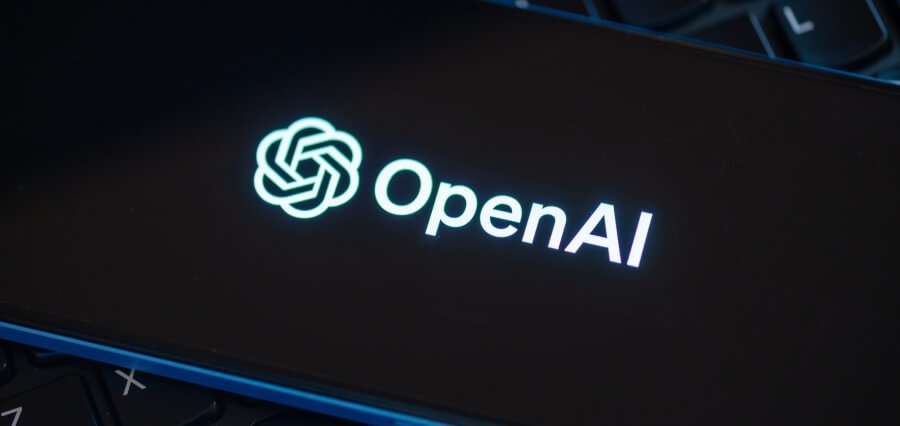Prime Highlights:
- OpenAI is introducing a new series of AI models such as GPT-4.1, GPT-4.1 Mini, o3, o3 Pro, and maybe GPT-5.
- The launch is designed to improve performance, reasoning capability, and usability across OpenAI products.
Key Facts:
- The new models prioritize reasoning, velocity, and more context handling.
- OpenAI intends to phase out older models with the launch of newer ones.
- GPT-4.1 may emerge as the flagship model based on reception.
Key Background:
OpenAI is set to introduce a series of advanced AI models, starting today, with major updates likely including GPT-4.1, GPT-4.1 Mini, o3, o3 Pro, and potentially even GPT-5. This strategic rollout reflects OpenAI’s push toward creating faster, more affordable, and highly capable models that go beyond the limitations of earlier GPT-4 versions.
The GPT-4.1 and Mini models are predicted to deliver performance improvements in coding, reasoning, and context awareness. The models are rumored to provide cheaper alternatives with improved speed and accuracy for developers and general users alike. They are designed to work within much wider context windows, enabling them to process more information simultaneously essential for applications such as long document understanding and intricate multi-step reasoning.
In contrast, the o3 series, particularly o3 Pro, is said to prioritize improved reasoning abilities. Such models can be tuned for systematic problem-solving and analytical activities, hence being suitable for business applications, data science, and AI agents. The release strategy also indicates a change in OpenAI product emphasis—phasing out older, less effective versions such as GPT-4 and 4.5 Preview.
OpenAI CEO Sam Altman teased a significant release on X (formerly Twitter), and the dev community is buzzing with excitement. The release seems to be in stages, with some tools already out and others such as GPT-5 being highly speculated. Although GPT-5 has not been officially announced, its potential launch could usher in another leap in human-like text generation, memory functions, and personalized interactions.
The new models are to be integrated into several OpenAI services such as ChatGPT and API embeddings. With this development, OpenAI continues its dominance in the AI space by marrying affordability, innovation, and maximum usage.




